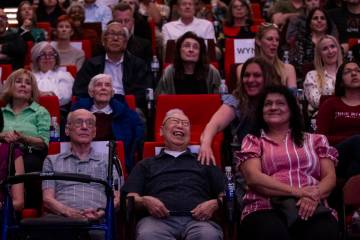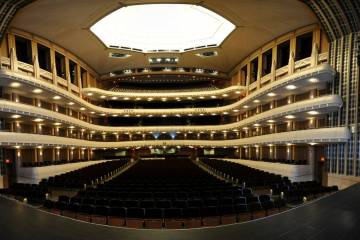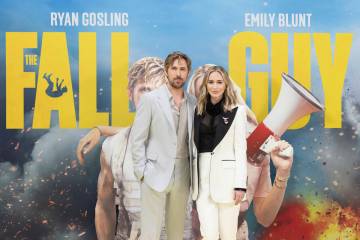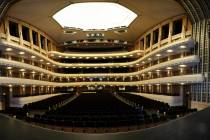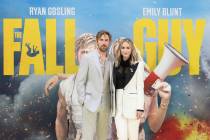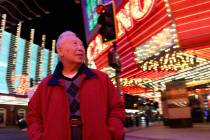How ‘Everest’s’ director beat technical hurdles for the shoot
LOS ANGELES — Baltasar Kormakur's "Everest," which opens Sept. 25, is a fact-based account of two 1996 expeditions that faced the immense physical dangers of climbing the iconic peak — their difficulties compounded by a furious storm. The filmmakers never found themselves in such jeopardy, but still encountered major technical hurdles. For example, they had to flawlessly match the various locations, including the Himalayas in Nepal and the Dolomites in Italy. For interiors, sets at Pinewood Studios outside London, and Cinecitta in Rome, had to appear visually and acoustically seamless. And equipment had to withstand freezing temperatures.
Sound Challenges
The team had to deal with the subtle distinctions of sounds at 17,000 feet, 21,000 feet and 29,029 feet, the altitude of Everest's summit. To get the audio right, Kormakur collaborated closely with sound designer and supervising sound editor Glenn Freemantle. For ambient noise, they sent people up Everest with microphones to record ice falls, the cracking of ice, the avalanches -- and the silences, Kormakur recalls. "The mountain has its own sound," he observes. "The air is so thin, there is no sound pollution up there. It's very crisp and clear."
Interconnection
Kormakur worked on the director's cut in his native Iceland. Post-production lasted from autumn 2014 through February 2015. "It's very complicated because of visual effects. It took a lot of time. You can't really close sound until you have every single element in place. So we needed to revisit it a couple of times."
Toughest Job
Per the director, the most complicated sequence was the storm, where various groups on the mountain cope with the elements. Freemantle introduced him to Dolby Atmos, which proved invaluable. The technology, which Dolby debuted in 2012, allows up to 128 audio tracks, so a filmmaker can designate layers of sound for each speaker in a theater.
"With a huge storm, you need a lot of volume, but it can't become one loud noise," Kormakur explains. "Dolby Atmos helped a lot because it gave us the separation of those elements. Those characters don't have energy to shout at that altitude, but you need to hear them, and to hear the storm, so you need balance — and also you want music in some places. I wanted the audience to feel the relentlessness of the situation, but didn't want them to have relentless bleeding of their ears."
Subtler Concerns
The interiors weren't easy either. Ambient sound, such as wind blowing, made a scene more difficult.
Says the director: "To get it right is very complex. When you're on a mountain, fine; but when you're in a tent, it changes noise: An avalanche can sound like an airplane passing, so you have to be quite specific. With some of the stuff in base camp, it was tricky to give the scenes the (right atmospheric) feel. For example, you can hear a party going on in a (distant) tent. I like that."
Another strong juxtaposition was between the action on Everest and the climbers' families back home.
"I wanted to create a contrast between the crazy storm and a woman in a bed, the warmth of the home and the quietness," Kormakur said. "It was all an immense task. I think that's why Glenn was excited; you rarely get those kinds of challenges."
Like Neon Las Vegas on Facebook:




